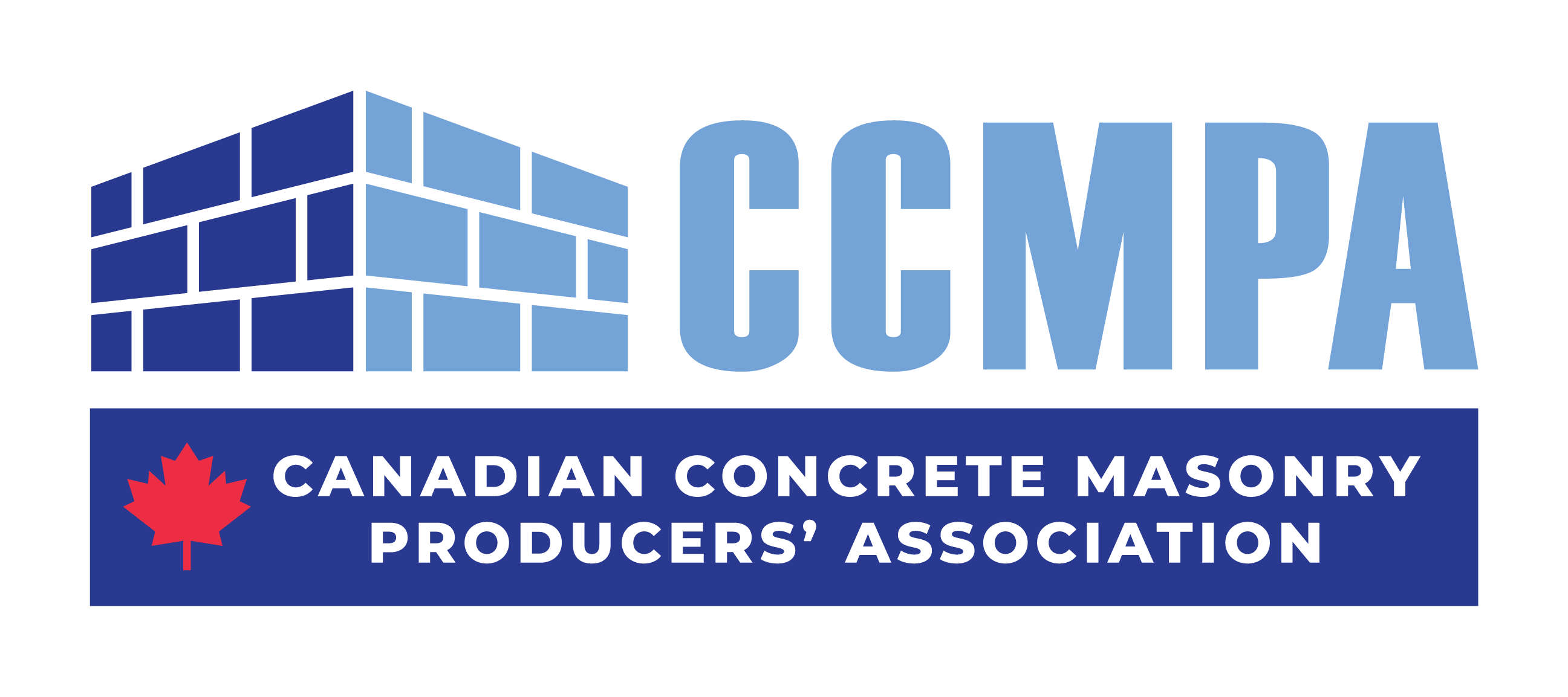Masonry can help combat the effects of termite
Concrete masonry and tougher building codes could help preserve your home.
TORONTO — July 19, 2011 — Block, brick and stone in homes may help deter one of nature’s most destructive insects: termites. Termites cause an estimated $120 million in property damage annually in the Toronto area alone, inflicting serious structural damage to homes and dropping neighbourhood property values by up to 25% — two reasons why Canada’s masonry producers are calling for building codes that mandate the use of masonry, especially in regions such as the Greater Toronto Area (GTA) where termites are a particular problem.
“The reality is that termites are aggressive and difficult to prevent,” says Paul Hargest, President of the Canadian Concrete Masonry Producers Association. “And while masonry alone won’t eliminate them, it can help act as a barrier by minimizing the home’s wood-soil contact — a key point of entry for termites. It also makes the house overall a less attractive food source and helps keep it structurally sound.”
Recent industry research in Ontario shows, in fact, that people prefer homes built with brick and stone, and that they trust masonry over other building materials to protect against threats such as fire, mould and termites. Almost half of the survey respondents somewhat or strongly agree that wood-eating termites are a problem in Ontario.
Across Canada, termites are indigenous only to British Columbia. However, their resilience has enabled them to thrive in areas like Toronto. They were introduced to the city in 1938 via cargo from the U.S.; today, infestation estimates for the GTA are as high as 10%.
The termite’s hardiness and transportability are even more of a cause for concern considering aggressive species such as the Formosan subterranean termite. Native to Asia (Formosa is today Taiwan) and carried to the U.S. on ships returning from World War II, the Formosan is particularly prevalent and destructive in states such as Florida and Louisiana. In Louisiana alone, the Formosan’s population increased 3,000% between 1989 and 1999.
“The Formosan subterranean termite could be described as the most important structural pest of the new millennium,” says Dr. Dennis Ring, an entomologist with Louisiana State University. Ring is among the many scientists and pest control experts who have singled out the Formosan for its destructive behaviour, in some cases referring to it as a “super termite”. While the Formosan is not native to Canada and would not naturally favour the Canadian climate, the fact that the non-indigenous Eastern subterranean termite has been able to thrive in Ontario has raised concerns among builders farther north.
Building codes in Canada are currently under review to allow for larger, higher structures made of wood. In addition to being a food source for termites, such structures also bring with them greater risks related to hazards such as fire. The higher the building, the greater the potential personal threat and property damage. An example is a recent fire in Richmond B.C. that destroyed a six-storey, all-wood condominium complex. While it was under construction and fortunately unoccupied, falling embers from the blaze also damaged nearby homes.
“In addition to being more durable, fire-retardant and mould-resistant than other building materials, concrete masonry provides an effective seal both in exterior walls and in interior walls separating adjoining units — for example, apartments and condominiums,” says Paul Hargest. “Add to that a composite block-and-steel-bar joist system, which would be impervious to termite attack.”
FOR MORE INFORMATION OR TO ARRANGE AN INTERVIEW WITH PAUL HARGEST:
Marina de Souza
Managing Director, CCMPA
Toll Free: 1-888-495-7497
Phone: 416-495-7497
Fax: 416-495-8939
mdesouza@ccmpa.ca
ccmpa.ca
ABOUT CCMPA
The Canadian Concrete Masonry Producers Association operates as Region 6 of the National Concrete Masonry Association, and is the representative voice for the Canadian concrete block manufacturing industry. The Association supports concrete masonry producers and suppliers in a number of areas including standards, training, technological research, government relations, and marketing and communications. Through these areas, the Association works to ensure the highest standards of quality and maintain the industry’s strong market presence.



